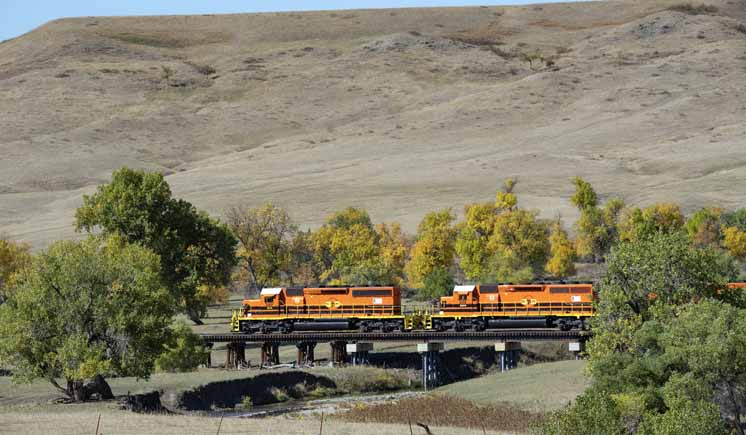
BOCA RATON, Fla. — The rail industry is, understandably, embracing the influx of new federal funding for infrastructure projects. But will there be a point where there are so many new projects being funded that the marketplace has trouble delivering the materials and services they need?
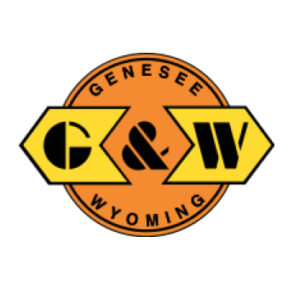 Kristine Storm, Genesee & Wyoming’s vice president, procurement, certainly sounded like someone facing that concern as she outlined G&W’s 2023 capital plans at the National Railroad Construction and Maintenance Association Conference.
Kristine Storm, Genesee & Wyoming’s vice president, procurement, certainly sounded like someone facing that concern as she outlined G&W’s 2023 capital plans at the National Railroad Construction and Maintenance Association Conference.
G&W, Watco, and OmniTRAX, the three largest shortline companies, all presented at the conference.
G&W’s 2023 plans include replacement of 875,000 ties and 437 miles of rail. The latter figure — three times the norm for G&W, Storm said — is swelled by 181 miles in a single project on the Rapid City, Pierre & Eastern, and is a source of concern for Storm, given that G&W doesn’t have its own rail trains to handle the projects.
“We kept getting grants awarded [and]I kept counting rail trains on my fingers,” she said, “and I was like, this is not going to happen. …
“Where it used to take us three years to run a grant — not a large grant like the RCPE, but just an average grant — from time of reward to closeout invoice, it’s probably going to take us six years, only because the marketplace has to be able to support providing the material and the contractors to provide the services.”
That RCP&E project — through a federal RAISE (Rebuilding American Infrastructure with Sustainability and Equity) grant — was one of an enormous number of grant projects Storm summarized. There were 30 with a total value of $143.8 million in G&W’s Northern Region alone. But at $84 milliion, the project in South Dakota is clearly the largest on the board. It calls for 80,000 ties, 960,000 linear feet of rail, 11 turnouts, 163 miles of track surfacing, and 121 bridge upgrades.
“This is a big one,” Storm said. “This is 12 rail trains and 80,000 ties. We railcar the ties in on centerbeam flats. We don’t own centerbeam flats; we’re just a short line, right? So we rely on the Class Is to provide those cars and move those cars. But car availability’s been a struggle, turn times on the cars themselves have been a struggle. So we’ve got to work collaboratively with our Class Is and see how we’re going to bridge the gap on some of these larger-quantity projects. Again, 12 rail trains? That’s not going to happen in one year. So we’ve got to think outside the box.”
Overall, the company’s projected infrastructure spending on for 2023 is $473 million, up from $410 million in 2022. The distribution of the engineering and mechanical funds will see 31% go to ties, 22% to rail, 12% to mechanical, 10% to surfacing, 8% to bridges, and the remainder to six other categories.
Along with the rail and tie replacement, on tap is more than, 2,000 miles of track surfacing, $45 million in bridge work, replacement of 90 turnouts, rehab of more than 300 grade crossings, and more than 100 new grade crossing signals. The company anticipates installation of 54,000 feet of new track in six sidings and two yard projects.
Storm also said G&W anticipates starting operation of the Pan Am Southern through its newly created Berkshire & Eastern Railroad in 2023’s first quarter, once labor agreements are resolved. G&W operation of Pan Am Southern, previously a joint CSX-Norfolk Southern operation, was part of the package that allowed CSX to purchase Pan Am Railways.
Watco also increases capital spending
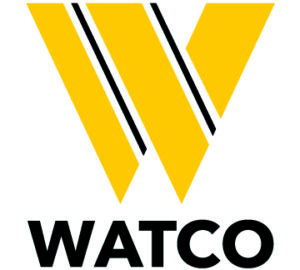 Watco is projecting its maintenance capital spending will increase from $97.2 million in 2022 to $132 million in 2023, said Tom Holmes, vice president, purchasing and materials. The maintenance spending will include $42.1 million for ties and surfacing, and $12.5 million for bridges. He said the company’s 46 railroads moved 1.1 million carloads on their 6,500 track-miles last year.
Watco is projecting its maintenance capital spending will increase from $97.2 million in 2022 to $132 million in 2023, said Tom Holmes, vice president, purchasing and materials. The maintenance spending will include $42.1 million for ties and surfacing, and $12.5 million for bridges. He said the company’s 46 railroads moved 1.1 million carloads on their 6,500 track-miles last year.
Watco is pursuing a total of $155 million in Consolidated Rail Infrastructure and Safety Improvement grants; five of those are for rail infrasture projects and one is for the company’s own battery locomotive project.\
Paul Leonards, vice president of project management, highlighted several recent or ongpoing capacity projects: a 420-car expansion to the Port 10 Logistics Park railyard in Baytown, near Houston; a 400-car expansion to a Baton Rouge Southern storage-in-place facility; a 303-car addition in Refugio, Texas, a 527-car addition to Greens Port Yard in Houston; and a 438-car capacity multi-unit train facility in Cherryvale, Kan. Major projects planned for 2023 include a multimodal facility in Ardmore, Okla.; storage-in-place yards in Alberta, Canada; sidings and track expansions at several locations in Louisiana; a track project in Humboldt, Kan., and a series of projects in Texas.
OmniTRAX plans
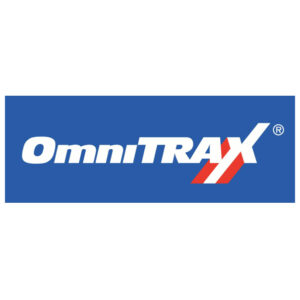 Some 80% of the OmniTRAX capital budget will go to track, crossings, and signals, said Zac Vallos, vice president, engineering. Bridges will receive half of the remaining funds, with 6% for buildings, 3% for locomotives and 1% for other items.
Some 80% of the OmniTRAX capital budget will go to track, crossings, and signals, said Zac Vallos, vice president, engineering. Bridges will receive half of the remaining funds, with 6% for buildings, 3% for locomotives and 1% for other items.
Railroads ticketed for major projects this year include:
— The Alabama & Tennesse River Railway, which will see a three-track yard expansion with 6,000 feet of track with seven turnouts; rebuilding of a wye that had been removed; crossing replacements; bridge repairs; tie and surfacing work in Birmingham; and installation of slide detection equipment at several locations;
— The Brownsville & Rio Grande International Railway, with crossing rehabilitations, building construction, and track projects for new customers awaiting finalization;
— The Nebraska, Kansas & Colorado Railway’s Wallace Subdivision, which will see installation of 41,000 ties, 16,000 tons of ballast, 550,000 track feet of surfacing, and work at 21 crossings;
— The River Ridge Railorad, with 7,000 feet of new track construction and shop and yard lead upgrades;
— The Stockton Terminal & Eastern, with 24,000 linear feet of mainline track relayed, replacement of more than 15 turnouts and 3,000 ties, and multiple crossing repairs;
— The Winchester & Western Railroad, with new transload sites in New Jersey and Virginia, as well as track and surfacing work on two subdivisions.






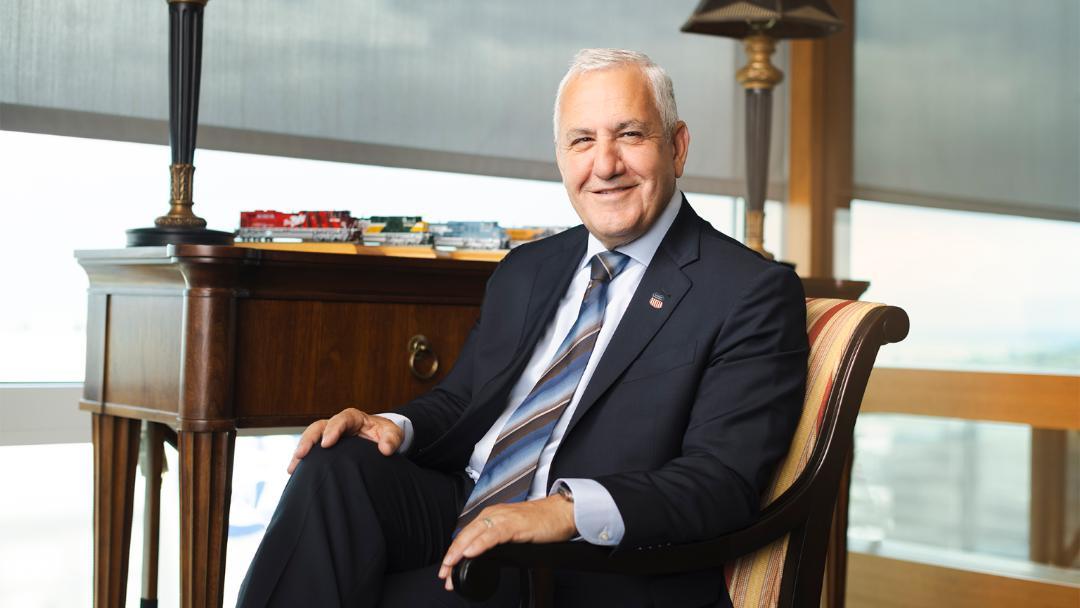
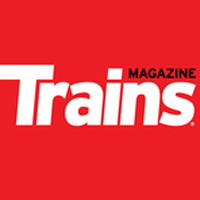
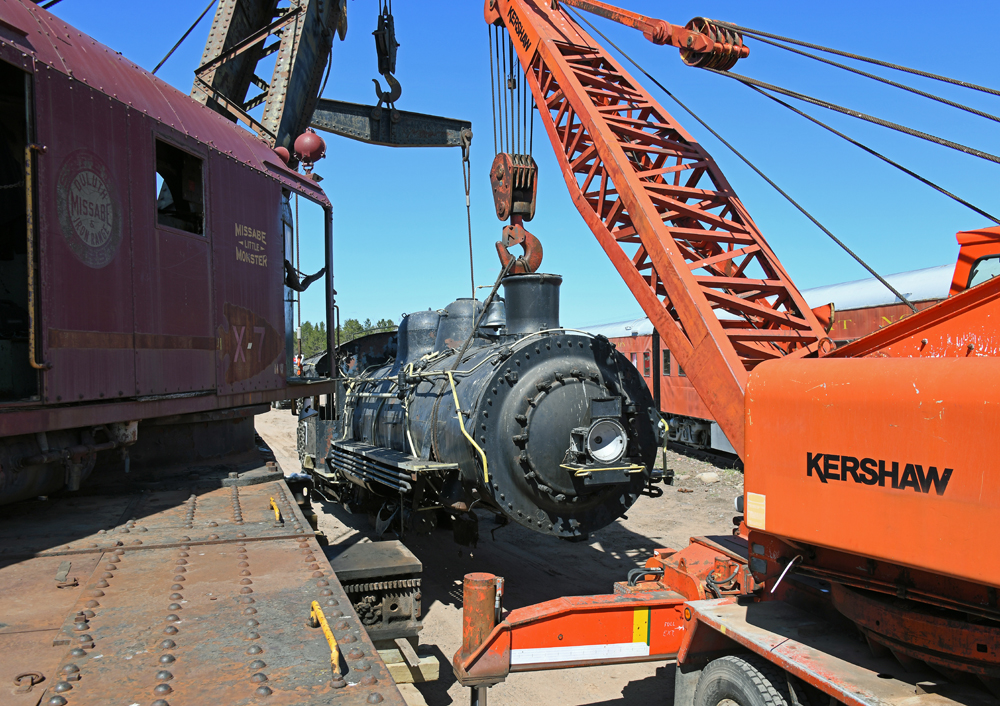
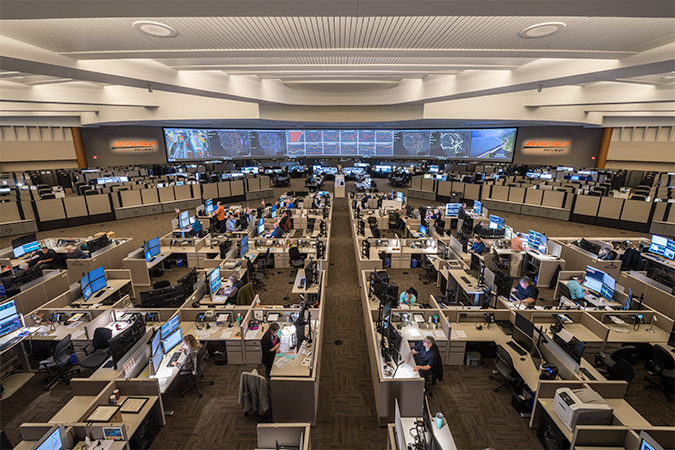




It’s a wonderful thing to get all this grant money. The problem is with logistics. Most, if not all these grants have a time deadline as to when they must be completed. If NOT used by a certain date the money has to be returned. MS Storm points out that performing the work isn’t a big problem. the problem is acquiring the materials (rail, ties, etc) then getting those materials to the job site.
This is what happens when too much grant money is released at one time. Our grey hairs in DC need to spread the investment out a little better instead of this feast or famine approach. Now the grant money starts to lose effectiveness because it gets consumed by the increased costs of scarcity,
I would put this in the good problem to have bucket. Getting a pile of grant money to upgrade your rails, turnouts and crossing is not a bad thing for his railroad & the communities they serve.
I wonder where they are trying to source rail, since there is an active rail plant on the C.F.W.&E.